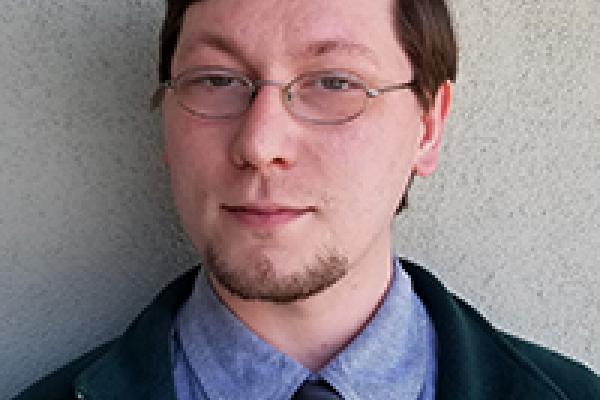
The Dark Energy Survey (DES) is a five-year, 5000 sq. deg. observing program using the Dark Energy Camera on the 4m Blanco telescope at CTIO. I will describe the cosmological analysis of large-scale structure in the Universe using 1321 sq. deg. of data taken in the first year of DES operations. The analysis combines unprecedented measurements of weak gravitational lensing and the clustering of galaxies over the redshift range 0.2 to 1.3 to derive the most precise constraints to date on cosmology. These DES results from the low-redshift Universe are consistent with those from the cosmic microwave background (CMB) and support the standard cosmological model, LCDM. In the coming years, DES will produce significantly tighter constraints on cosmology through similar and additional analyses using observations over more than three times the sky-area and more than twice the integrated exposure time per object as these results.
